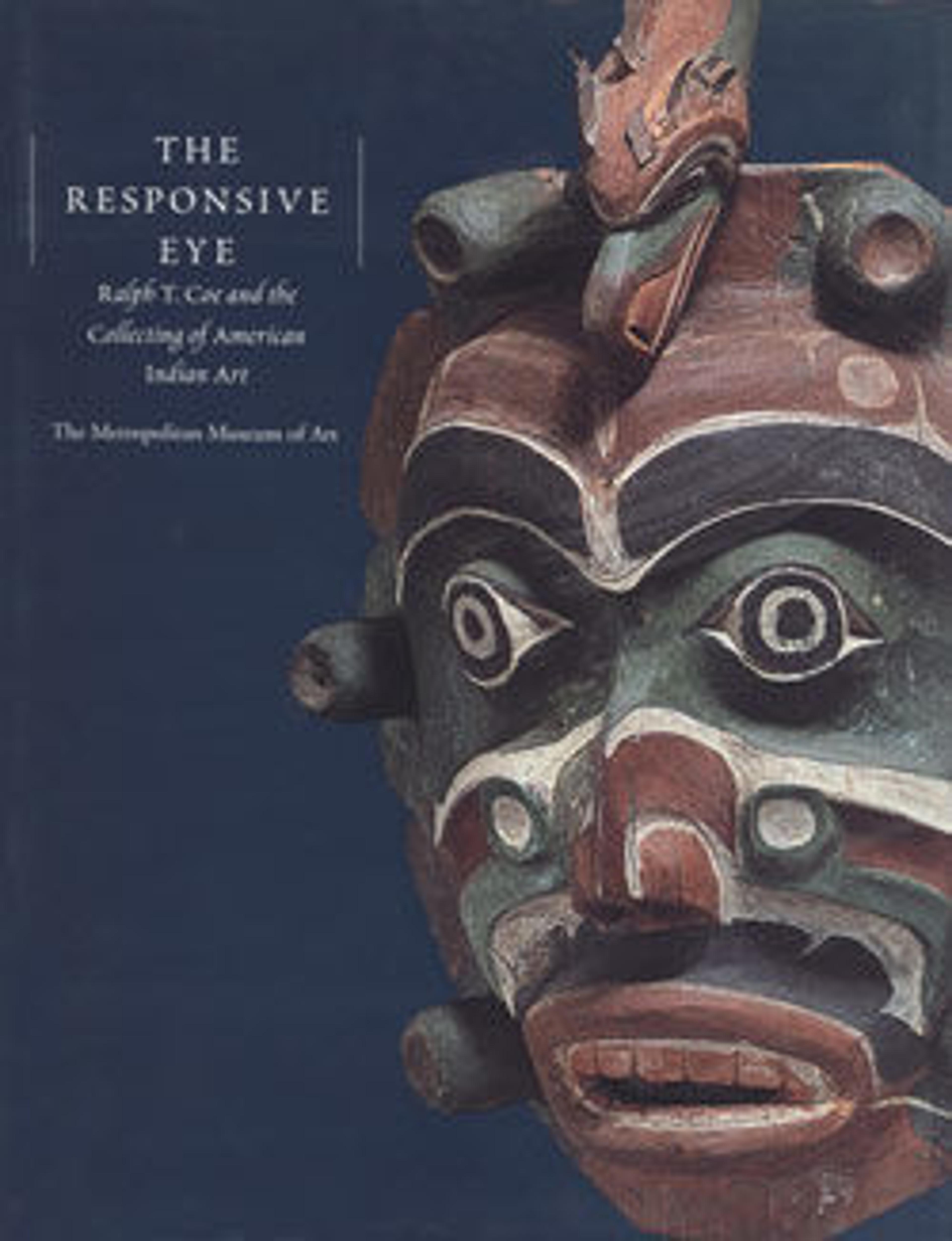Ball-headed Club
At once elegant and deadly, ball-headed clubs combine refinement of form with a fearsome efficiency of function. In use for more than two to three hundred years, they were associated with many different American Indian peoples of the Northeast and Great Lakes region. Several of the clubs appear in portraits of distinguished Europeans, particularly during the eighteenth century. By the nineteenth century they were becoming obsolete as pipe tomahawks gained preference. Distinguished by its narrow yet strong profile, the club displayed here would have been a formidable weapon in the hands of its warrior owner. When a club was successful, reports say, it was left beside the body of its victim. The ball of this club is tightly clenched in the jaws of an animal, possibly an otter, and feathers were once tied through the hole above the grip to increase the weapon’s supernatural power.
Artwork Details
- Title: Ball-headed Club
- Date: late 18th century
- Geography: Object place United States
- Culture: Western Great Lakes
- Medium: Wood, metal
- Dimensions: H. 18 1/2 x W. 6 in. (47 x 15.2 cm)
- Credit Line: Ralph T. Coe Collection, Gift of Ralph T. Coe Foundation for the Arts, 2011
- Object Number: 2011.154.5
- Curatorial Department: The American Wing
More Artwork
Research Resources
The Met provides unparalleled resources for research and welcomes an international community of students and scholars. The Met's Open Access API is where creators and researchers can connect to the The Met collection. Open Access data and public domain images are available for unrestricted commercial and noncommercial use without permission or fee.
To request images under copyright and other restrictions, please use this Image Request form.
Feedback
We continue to research and examine historical and cultural context for objects in The Met collection. If you have comments or questions about this object record, please complete and submit this form. The Museum looks forward to receiving your comments.
